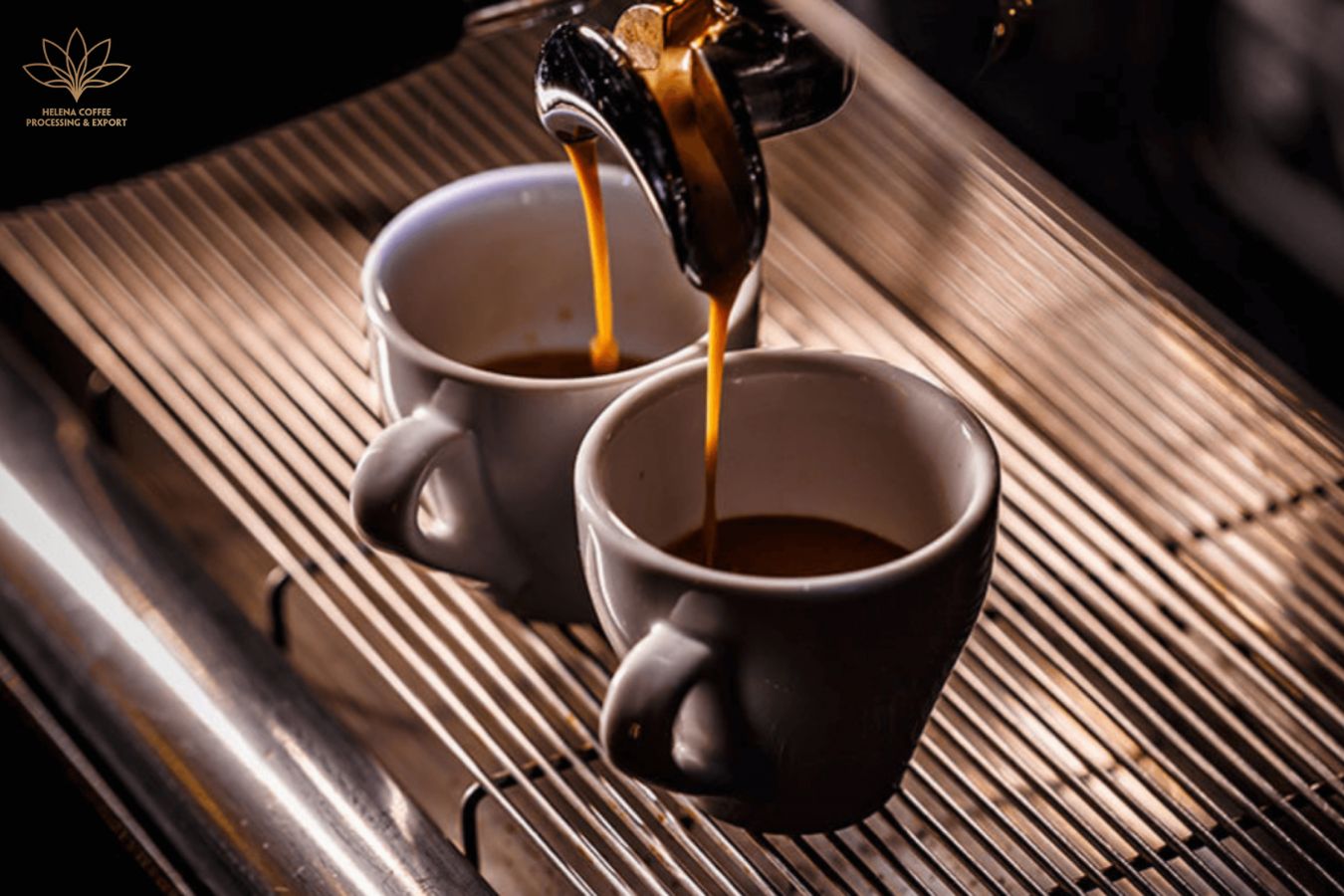
The Formation, Stabilization, and Sensation of Cremated? – Espresso accounts for a significant portion of today’s coffee consumption. When comparing espresso coffee to other types of coffee, one of the most distinguishing features is a deep brown layer of foam bubbles, also known as crema, that covers the liquid coffee (Illy and Viani, 2005).
Coffee specialists use the crema to assess extraction quality. Crema, for example, reveals whether all extraction parameters, including degassing, grinding, tempering, and water pressure, were perfect when extracting that single cup.
Many customers enjoy their coffee with a nice crema layer, which is also a part of the drinking ritual. Some people spoon it off, some stir it in, and yet others swirl the cup to incorporate the crema into the last taste of coffee.
At the same time, lovely images of the crema are employed to set the tone for a decadent, smooth, and tasty cup of espresso.
Crema preparation is more of a craft than a science for most baristas. The pressured water can flow slowly through a properly packed coffee bed.
The fundamental driver for the development of the crema is the pressure, which is combined with the carbon dioxide (CO2) found in freshly roasted and ground coffee and the carbonates in the water. Baristas understand how to modify grinding and temperature to optimize extraction and get the appropriate crema color, quantity, and delicacy.
Although the crema’s dark brown color or “tiger skin” and fine bubble size indicate an excellent extraction and tasting experience, they are secondary indicators of the coffee’s flavor.
At the same time, crema has been linked to the more significant “body” associated with Robusta espresso coffees (Navarini et al., 2004a).
According to studies, coffee froth can assist in identifying between Robusta and Arabic coffee (Maeztu et al., 2001a,b). However, “What effect do color, bubble size, and crema quantity have on the coffee experience?”
Is there the best crema, or are crema features a component of the whole sensory profile of coffee? Before thinking about how to make the perfect cup of espresso, we must first answer these questions.
First and foremost, we must comprehend the Physico-chemical aspects of crema, as well as how we might fine-tune crema’s features to improve its quality.
To do so, we must differentiate between crema creation and crema stabilization. It takes energy to create an air bubble in a liquid dispersion in the cremation process.
We provide vitality to espresso coffee by injecting pressured water onto the coffee bed. Figure 17.1 depicts a typical newly produced espresso crème. We also need to stabilize the freshly generated air bubbles, which we can achieve at the air-liquid interface by adsorbing interfacially active chemicals.
Furthermore, the conditions under which espresso coffee is brewed impact surface tension-related phenomena such as foam production and stabilization.
For example, carbonate in the water and gases in the coffee have been identified as essential factors increasing crema (see Chapter 16).
Unfortunately, rigorous chemical and physical investigations are now in little supply, making it challenging to comprehend this complicated system fully.
Illy and Navarini (2011) presented the most recent comprehensive review, highlighting the current gap in the molecular understanding of crema production and stability.
The impact of crema on the customer experience has only lately been researched, focusings on how crema affects visual features, fragrances,e, and tastes.
This chapter will review the Physicochemical mechanisms and properties of crema production and stabilization. We’ll also go through why it’s essential to think about the elements of a good crema in a broader sense, encompassing the whole sensory experience.